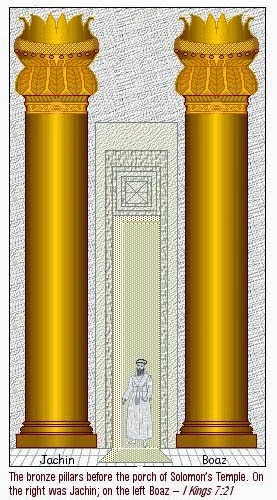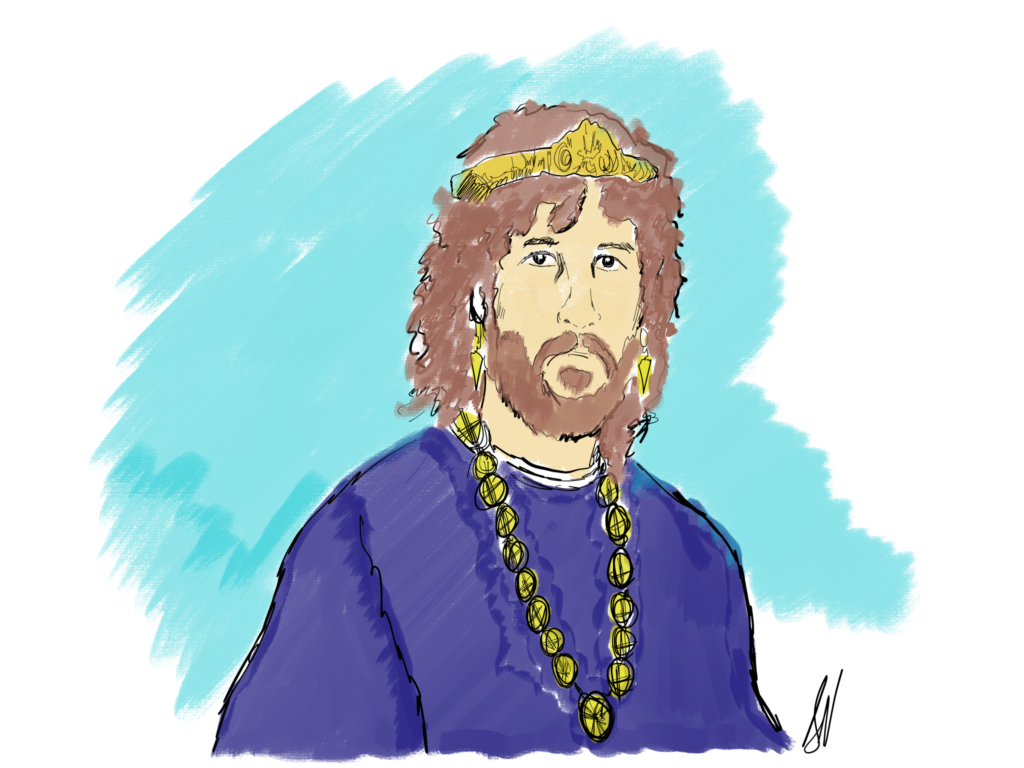At the dinner table, my husband sometimes asks random questions like, “Babe, where’s the cricket ground from here?”
So, I’ll extend my right arm and point with military precision to the exact longitudinal and latitudinal coordinates. “It’s right over there,” I’ll insist, aiming my index finger towards the lampstand in the living room.
Then he’ll roar with laughter and shake his head. “Babe, it’s over on the other side,” he’ll say, pointing over his shoulder.
I sigh. After all, I am a Nightingale, not a homing pigeon.
He loves to joke about my poor sense of direction. Sadly, I have passed this trait on to my daughter. Though, she’s had the smarts to invest in a Satnav device for her car.
Preprogrammed in a slightly adenoidal female voice the Satnav tells my daughter what lane she has to be in and which streets or exits to take. All this without the swats on the arm, verbal abuse or relentless teasing if she absentmindedly misses a turn.
I however, take a different approach. If it’s a short trip, I will have fun staring at the topography of 3D images on Google maps. I’ll count the number of traffic lights I’ll have to pass and memorise the street names near the place I want to arrive at.
Call it my way of staving off Alzheimer’s. However, in reality it’s more about pride. (Poor sense of direction, my foot. I know exactly where I’m going!)
One time, I had convinced myself of the reliability of my internal compass that I didn’t bother to look at a map. It was local destination and my hubby had taken me there once before.
So, off I went on my lonesome. I hadn’t factored in the newly constructed roads and housing estates. The experience grew unnervingly disorienting. What should have only taken me less than 15 minutes turned into a full-blown hour.
I’d turned up the wrong road and missed a vital turn. Arrogance kept me from looking at maps on my phone. But, if I had not been so stubborn, I would not have wasted time, energy and petrol.
At last, a familiar landmark (the bright red building of Sydney Tools) came into view, but it was on the wrong side. So, I swung my car around. That glaring landmark helped me get my bearings. Thank the Lord. Soon after, I made it home . . . with a slightly bruised ego to match. (Who’s the tool now, I wonder?)
Which begs the question. Did Aussies build giant monuments to help people such as myself to find their bearings?
Think of the Big Banana at Coffs Harbour, The Big Potato in Robertson, and my favourite—The Big Merino in Goulburn—(an anatomically correct, somewhat daggy) Ram that pays homage to our wool industry.
The bigger the better. It leaves an imprint in the human mind. And we remember.
King Solomon’s Temple
When Solomon built the Temple, no expense was spared. It was set in Jerusalem on Mount Moriah in 967 or 966BC and fully constructed some seven years later.
Solomon hired the finest artisans for God’s temple. Now, the Phoenicians were recognised for their skill in carving and engraving work. One of which was Hiram. His mother was an Israelite who married a Phoenician artisan who passed his knowledge on to his son.
Hiram was a man of great talent, whose hands could transform gold and silver, bronze and iron, stone and wood into whatever intricate forms his imagination could summon. His fingers could fly over purple, blue and crimson yarn. He could also work deftly with fine linen. Hiram was a master of design.
To enter the temple one had to pass two gleaming bronze pillars. They were unmissable, for Hiram had devoted months if not years to create and refine these bronze pillars.
From the initial sketches, to final blueprints, and the dangerous process of working with molten metal cast in the earth, to the ornate decorations, it all required diligence and care.
Each pillar was twelve metres tall. On the tops of the upper ends of the pillars were capitals also made from cast bronze. The capitals displayed intricate patterns of lattice, wreaths of chain work and rows of pomegranates, two hundred in all. Mounted on the highest points were the shape of lilies or lotus flowers.

Naming the pillars of Solomon’s Temple
And he reared up the pillars before the temple, one on the right hand, and the other on the left; and called the name of that on the right hand Jachin, and the name of that on the left Boaz. 2 Chron 3:17
God gave these pillars specific names, each one pregnant with meaning. Both names reflected the promises God made to King David and his son King Solomon.
The first pillar, Jachin, means, “He establishes”.
But, what exactly was God establishing?
God was securing a perpetual monarchy for David’s house that would be through Solomon.
Then I will establish the throne of thy kingdom upon Israel for ever, as I promised to David thy father, saying, There shall not fail thee a man upon the throne of Israel. 1 Kings 9:5
The establishment of an Everlasting King and Kingdom
And thine house and thy kingdom shall be established for ever before thee; thy throne shall be established for ever. 2 Sam 7:16
The promise of an everlasting kingdom and an everlasting king all points to our Messiah, the Lord Jesus Christ, the Son of David.
When the angel Gabriel visited Mary foretelling Jesus’ birth he said,
He shall be great, and shall be called the Son of the Highest: and the Lord God shall give unto him the throne of his father David;
And he shall reign over the house of Jacob for ever; and of his kingdom there shall be no end. Luke 1:32 & 33
We understand that Jesus officially presented himself to the nation of Israel as her long-awaited Messiah and king in his triumphal entry into Jerusalem. He entered that city riding on a donkey as recorded in the gospel of Matthew 21:9.
All the townspeople came out and greeted him, waving palm fronds in the air and bowing as he passed them by. Shouts of “Hosanna to the son of David!” and cries of “Blessed is he that cometh in the name of the Lord, Hosanna in the highest” rang throughout Jerusalem.
An Everlasting Kingdom with no borders
Revelation tells us that Christ’s perpetual reign extends beyond the nation of Israel to the entire earth.
And the seventh angel sounded; and there were great voices in heaven, saying, The kingdoms of this world are become the kingdoms of our Lord, and of his Christ; and he shall reign for ever and ever. Revelation 11:15
Great monuments for visual learners
So, in Solomon’s day these mammoth pillars were designed to not only arrest the eyes with their visual splendor, but to serve as memorials.
The priests and those who came to worship at God’s door were reminded of God’s covenant to the house of David and to Israel. He established it and He would fulfill His promises. The pillars served to fix their minds upon God.

Now, the second pillar, Boaz which means “In Him is strength” directed the worshipers to consider their own inadequacies and to focus on the truth of doing all things through the power of God.
The second pillar also helped the priests who came to serve in God’s temple to depend on God for strength in their day-to-day religious services. They were to operate and go in the strength of the Lord.
Throughout the Psalms we are reminded that God gives strength and power to his people.
But what of present day believers in Christ? Who empowers us? It is none other than God himself in the form of the Holy Spirit. So that when we feel like we can’t go on because of our personal failings, weaknesses, external pressures, and persecution, the Spirit renews us.
Listen to Paul’s prayer for the Ephesians.
That he would grant you, according to the riches of his glory, to be strengthened with might by his Spirit in the inner man; Ephesians 3:16
The Holy Spirit can accomplish in a willing heart more than what seems possible, so that our Lord receives the glory that he rightly deserves.
Now unto him that is able to do exceeding abundantly above all that we ask or think, according to the power that worketh in us,
Unto him be glory in the church by Christ Jesus throughout all ages, world without end. Amen. Ephesians 3: 20 and 21
The Beauty of the Pillars
There is no doubt that the bronze pillars were shining examples of beauty, which in turn reflected the splendor of God. Perhaps our modern churches don’t have gargantuan monuments to focus our attention on God, but the design and décor of our sacred spaces should reflect and honor Him.
My eye flits upon our church lectern designed and built by a dear friend who is now in heaven. This wooden lectern boasts the highest standards of workmanship. It’s ornately trimmed with a fine leaf motif, and I can’t imagine a church service without it. It’s a piece to admire, and it’s stately presence is a comfort to me.
Likewise, I’m held captive by our musicians on the violin, flute, piano, guitar, playing in harmony to create pieces so stirring that I weep. Then there are the choir voices that cause my spirit to soar with lyrics that pierce my heart.
Yes, beauty in our worship and our sacred spaces direct our hearts to the majesty of God.
The pillars in Solomon’s Temple remind us of the power of the Lord we serve. Moreover, they are pillars that point to Christ and His everlasting kingdom. Pillars that remind us that strength to serve is found in Him.
And finally, like the pillars, that God indeed is beautiful.
Bibliography
The Archaeology Study Bible, 2017, Crossway, Wheaton, Illinois.
Henry, M. 1961, Commentary on the Whole Bible, Zondervan, Michigan.
Macarthur, J. 2019, The Macarthur Study Bible 2nd Edition, Thomas Nelson Publishers, China.
Pfeiffer C,F. 1990, The Wycliffe Bible Commentary, Moody Publishers, Illinois.
Rowland, A. 2021, ‘Jachin and Boaz’, Bible Hub.com. Retrieved 15 April 2022 from
https://biblehub.com/sermons/auth/rowland/jachin_and_boaz.htm
The Quest Study Bible, 1994, Zondervan Publishing House, Michigan.
Walton, J. 2000, The IVP Bible Background Commentary Old Testament, IVP Academic, Illinois.
Keener, C.1993, The IVP Bible Background Commentary New Testament, IVP Academic, Illinois.



I shall buy you a satnav
LOL